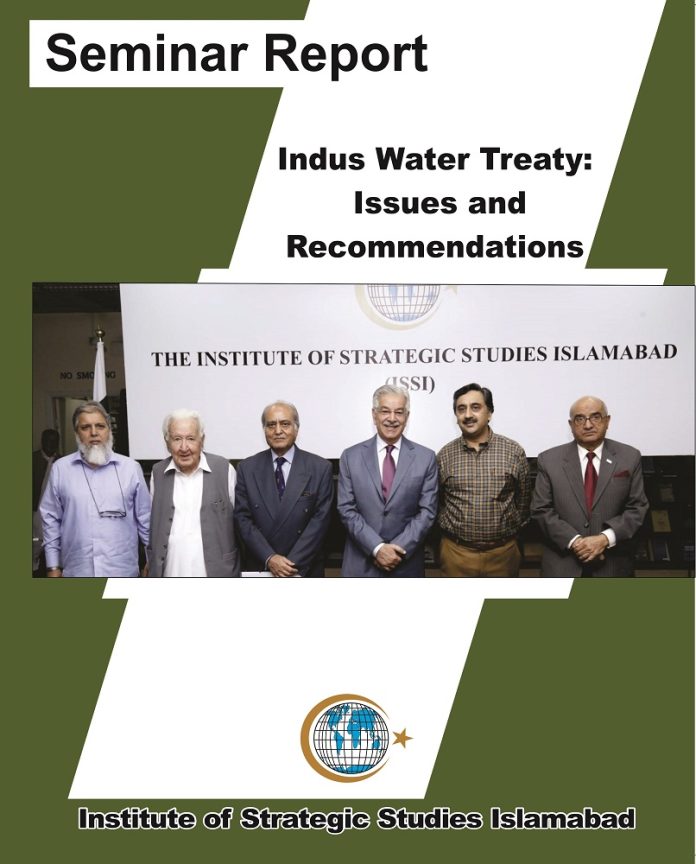CONCEPT NOTE
“Water links us to our neighbors in a way more profound and complex than any other.” John Thorson.
Of all the fault lines between Pakistan and India, the most crucial one has been the water dispute. Unfortunately however, it also is the most neglected one. The conflict first emerged between Pakistan and India in 1947 when the British partitioned the Indus Basin between the two countries. Being the natural upper riparian with control over canal head works, India regulated the water flow to the plains of Pakistan. In 1960, the Indus Water Treaty (IWT) was signed between the two countries through the arbitration of the World Bank. The rights over three eastern rivers – Ravi, the Beas and Sutlej were given to India, while Pakistan was granted dominion over the three western rivers – the Indus, the Jhelum and the Chenab. The IWT has stood the test of time as well that of three wars that the two countries have fought. The Treaty is referred to as a model for settling international water disputes.
Over the years, Indian initiatives to build various dams on the western rivers have been a source of concern for Pakistan as a water-stressed country. According to UNDP reports, Pakistan will become a water-scarce country by the year 2035, while the stress on the Indus basin shared by both countries has also increased since the 1990s. Pakistan’s provision of water drainage facility to India has eased its projects of water management and agriculture while itself bearing the brunt of annual floods that have taken innocent lives and damaged valuable infrastructure in Pakistan. In a bid to build more water storage facilities to maximize use of the resources from the western rivers, Indian Prime Minister Narendra Modi has brought up the matter of revoking the Indus Water Treaty. While Pakistan has voiced its apprehensions about such a unilateral move on part of India, it has also urged the World Bank to mediate once again to settle the dispute.















